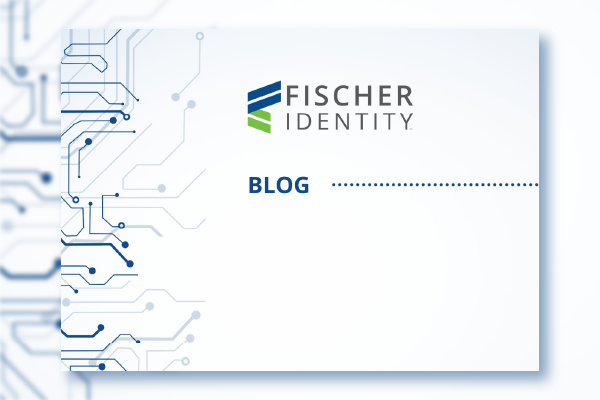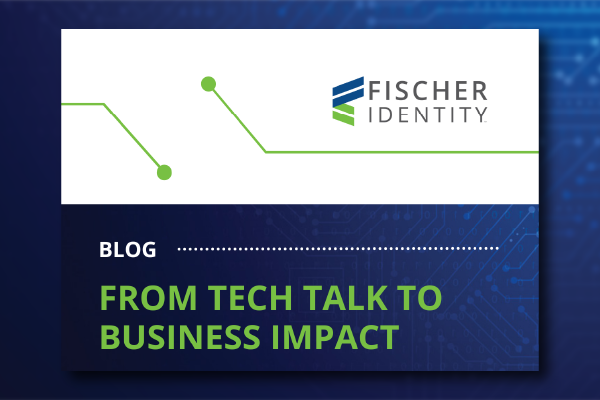Higher education identity management has always been a balancing act between security and access, policy and practicality, central control and decentralized systems. As universities evolve their digital ecosystems, one constant remains: the accuracy and consistency of identity data coming from your ERP and Student Information Systems (SIS) can define the success or failure of your Identity and Access Management (IAM) program.
ERP and SIS platforms such as Workday, Banner, PeopleSoft, or Colleague serve as the lifeblood of identity governance.They determine when a person should be onboarded, what access they receive, and when that access should end. When these systems operate independently, the consequences ripple across campus: delayed provisioning, orphaned accounts, compliance risks, and a frustrating user experience for students, faculty, and staff.
The Foundation: Clean, Authoritative Source Data
The phrase “garbage in, garbage out” couldn’t be truer in identity management. If your ERP or SIS contains incomplete, inconsistent, or inaccurate data, your IAM platform will mirror those issues and often amplify them. Identity automation only succeeds when the source data is trustworthy and standardized.
At Fischer Identity, we emphasize working with HR and student system owners early in the IAM journey. By aligning business processes such as learning how new hires, admissions, and role changes are recorded, we ensure that identity events trigger correctly and consistently. That might mean standardizing naming conventions, enforcing unique identifiers, or defining a single system as the “Source of Authority” for each user population or type.
For example, when a faculty member is also a student or researcher, the IAM platform must be able to reconcile these overlapping roles without creating duplicate accounts or access conflicts. Fischer’s advanced matching algorithms and policy-based controls handle this seamlessly, ensuring a single digital identity follows the individual across every lifecycle stage.
Bridging the ERP and SIS Divide
Many institutions treat ERP (HR and finance) and SIS data as separate worlds, yet IAM must unify them. Students become employees, employees take courses, and alumni return as adjuncts or volunteers. Without a unified identity record, access management becomes fragmented.
The key is to create clear role definitions and lifecycle rules that transcend system boundaries. For instance:
- Admissions to Enrollment: Trigger initial account creation once an admitted student accepts the offer.
- Student to Employee: Retain student access while layering employee permissions dynamically.
- Employee to Retiree or Alumni: Apply configurable grace periods to preserve appropriate access while maintaining compliance.
Fischer Identity’s policy-based automation and real-time data synchronization make these transitions effortless, minimizing manual intervention while maintaining full auditability.
Aligning IAM with Institutional Strategy
IAM is not simply a technical exercise, it’s a strategic investment in efficiency, security, and user satisfaction. When ERP and SIS integrations are properly aligned, universities gain measurable benefits:
- Improved Onboarding and Productivity: New users gain access to essential systems on day one, reducing helpdesk calls and frustration.
- Enhanced Security and Compliance: Automated deprovisioning ensures access ends when employment or enrollment does, minimizing audit findings and risk.
- Operational Efficiency: Fewer manual updates mean staff can focus on strategic initiatives instead of chasing down data errors.
- Better User Experience: Students, faculty, and staff enjoy a single identity and consistent access experience across systems.
When these outcomes are visible, IAM shifts from being an IT project to being recognized as a strategic enabler that supports enrollment growth, workforce efficiency, and institutional trust.
Lessons Learned from the Field
Fischer Identity’s work with institutions like the University of Virginia demonstrates how quickly this transformation can occur. Within a year, UVA replaced a legacy, homegrown IAM system with a modern, policy-driven Fischer Identity solution integrated across multiple HR, SIS, and medical center administrative systems. The result? Immediate provisioning upon admission or hiring, elimination of in-person credentialing, and a unified user experience for over 180,000 active accounts.
Just as importantly, when UVA later transitioned three multiple, disjointed, HR systems into Workday HCM, the IAM integration required only configuration and mapping updates, no reimplementation, no disruption to the Identity Governance processes. That’s the power of doing IAM right from the start.
Moving Forward: A Collaborative Approach
The most successful IAM programs in higher education share one common trait; collaboration. IT, HR, Enrollment, and Security teams must work together to define how identity data flows across systems and what events trigger access changes. This isn’t about technology alone; it’s about building trust and shared accountability across the institution.
At Fischer Identity, we help institutions build that bridge by ensuring your ERP and SIS data drive reliable, automated, and secure identity management. By unifying these systems within a single governance framework, higher education institutions can simplify operations, reduce risk, and deliver the seamless digital experience today’s users expect.
Because in the end, true IAM success in higher education isn’t about how many systems you integrate, it’s about how intelligently they work together to serve the people behind them.

